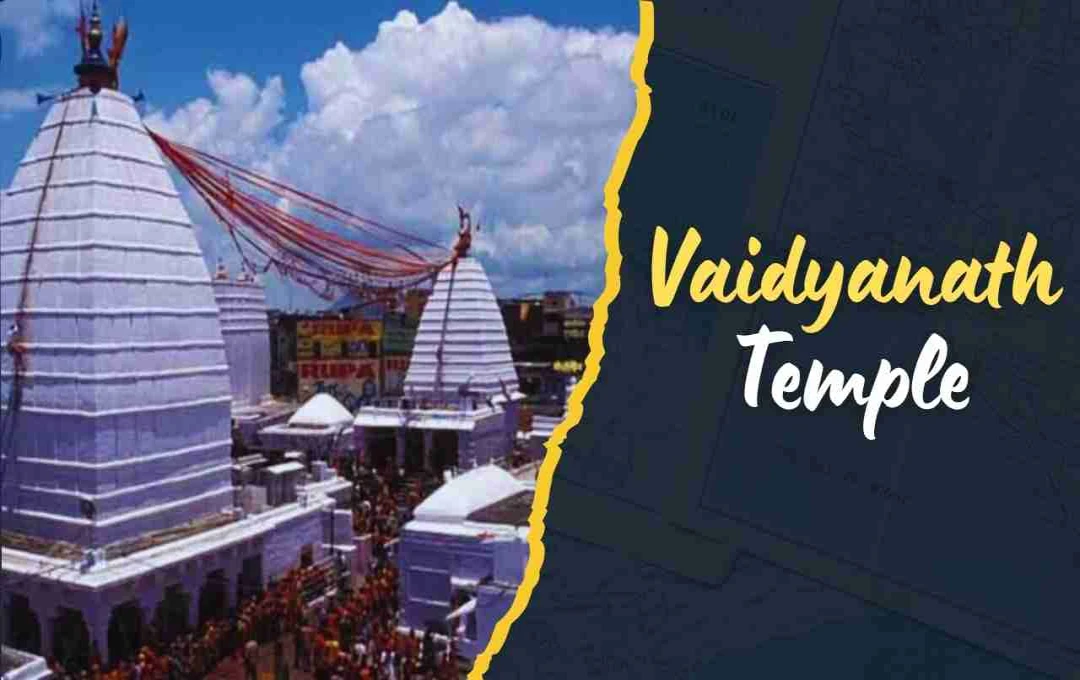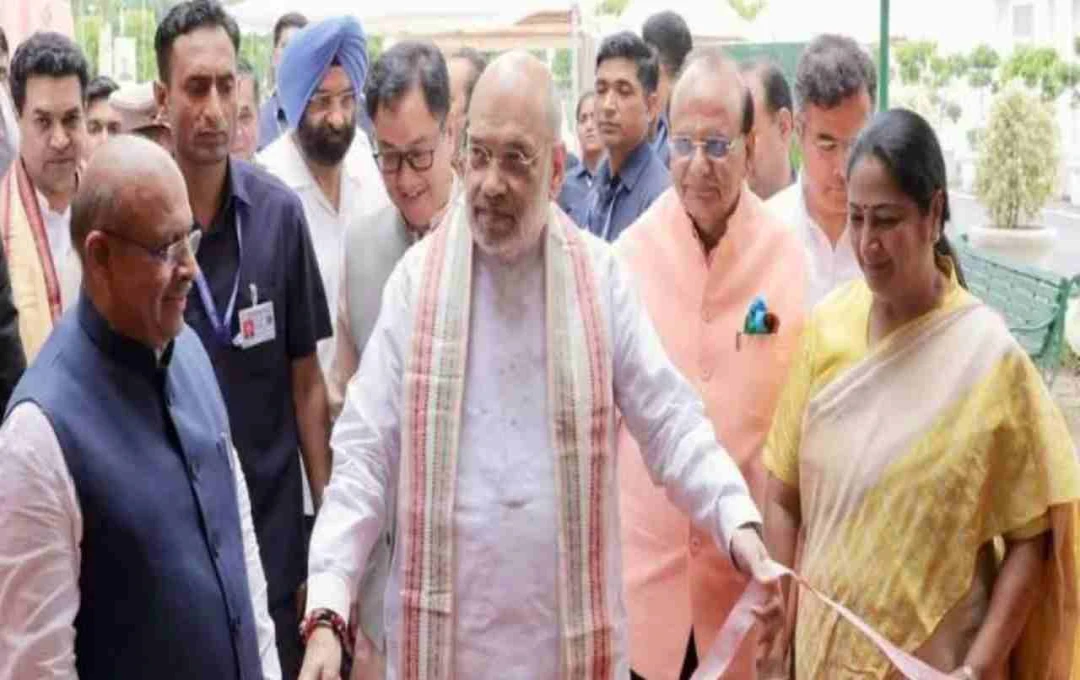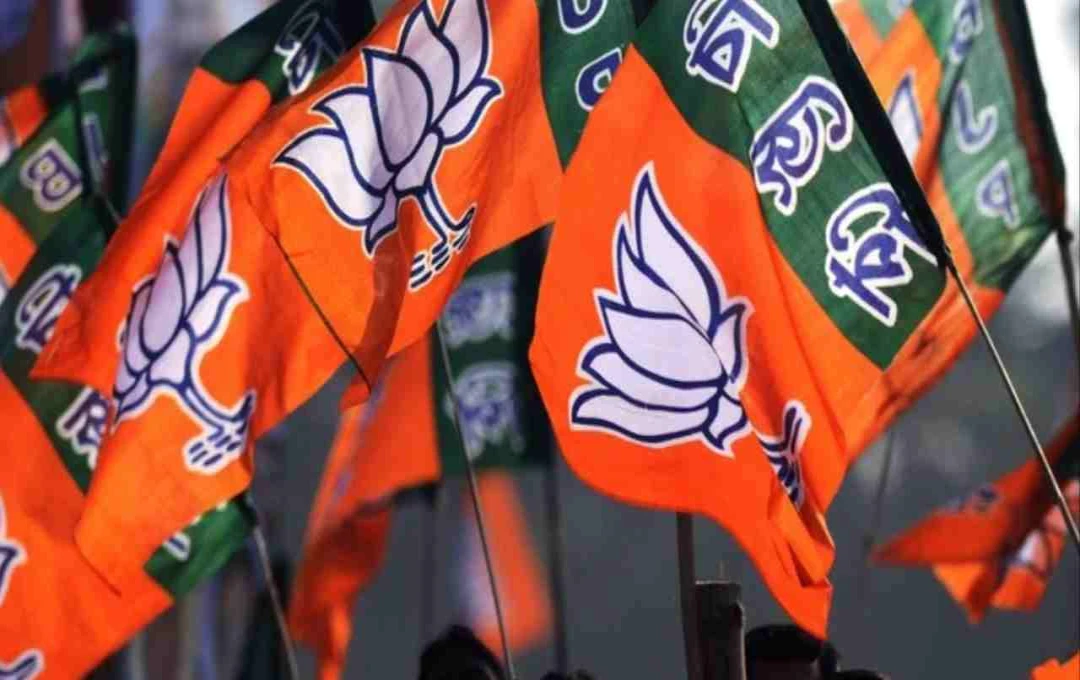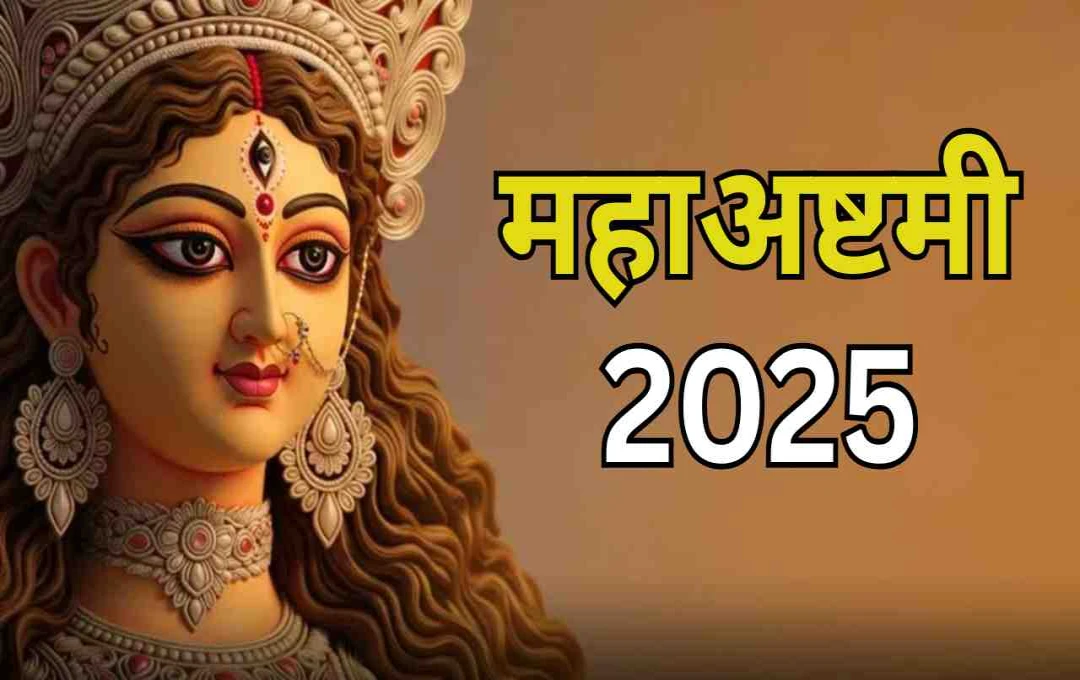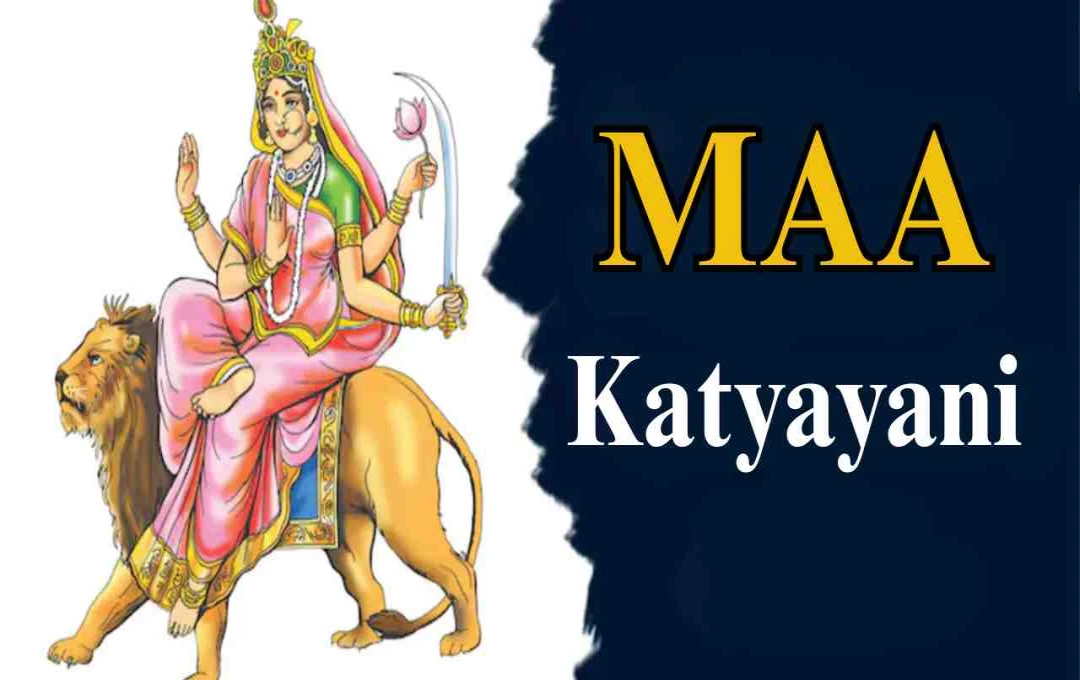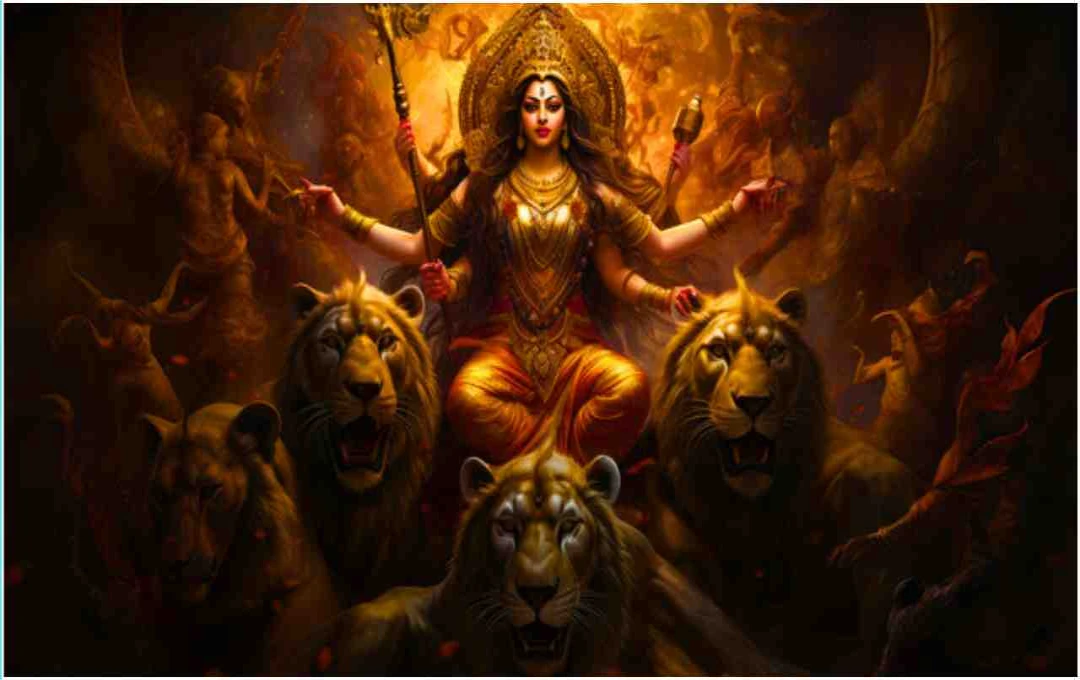In India, the devotion to Lord Shiva shines brightly, and in this radiance, Baba Baidyanath Dham holds a uniquely significant place. Located in the Deoghar district of Jharkhand, this temple is revered as one of the twelve Jyotirlingas of Lord Shiva. Baba Baidyanath Dham is not only religiously significant but also of immense cultural and historical importance. Every corner here is a center of faith for Shiva devotees. In this article, we will comprehensively discuss the mythology, religious significance, history, and cultural role of the Baba Baidyanath Temple.
The Mythological History of Baba Baidyanath Dham
The mythology of Baba Baidyanath Dham is primarily associated with Lord Shiva and Ravana. According to the Puranas, Ravana, the great king of Lanka, wanted to please Lord Shiva by performing penance in the Himalayas. During his penance, he offered nine of his own heads to Lord Shiva. When he was about to offer his tenth head, Lord Shiva himself appeared and, pleased with his penance, granted him a boon. Ravana expressed his wish to take the Kamana Linga (wish-fulfilling Linga) back to Lanka so that Shiva himself would reside there.
Lord Shiva accepted Ravana's wish but set a condition: if the Linga was placed anywhere along the way, it would be permanently established there and could not be removed by any means.
The Establishment of the Shivling in Deoghar
Ravana started his journey towards Lanka with the Kamana Linga, but on the way, he needed to relieve himself. At that time, Lord Vishnu assumed the form of a shepherd named 'Baiju Gadaria.' Ravana handed the Linga to Baiju and took a long time to return. Baiju, becoming angry, placed the Shivling on the ground and left. Upon returning, Ravana tried to lift the Linga, but he was unsuccessful. This was a divine play of Lord Vishnu. Ravana pressed the Shivling with his thumb, leaving an impression on it.
Thus, the Shivling was permanently established here and became known as Baba Baidyanath. Since then, this place has become the sacred abode of Mahadev.
The Mystery of the Jyotirlingas and the Place of Baba Baidyanath
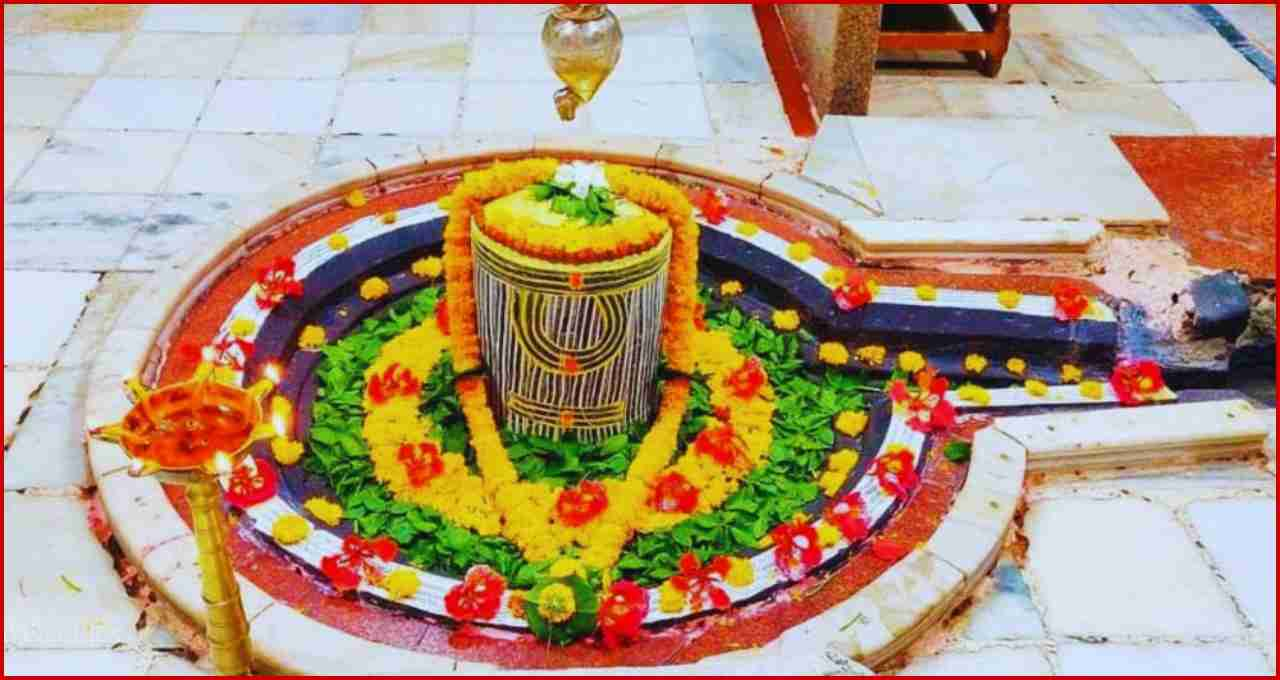
The Shiva Mahapurana mentions that a dispute arose between Brahma and Vishnu regarding the supremacy of creation. To resolve this dispute, Lord Shiva manifested as an infinite Jyotirlinga, piercing through the three realms. Brahma lied that he had found the end, while Vishnu admitted defeat. Shiva cursed Brahma that he would not be worshipped, while Vishnu was given a place of worship for eternity.
Among the twelve Jyotirlingas, Baba Baidyanath is considered extremely sacred. These Jyotirlingas are forms of Shiva that appeared as infinite pillars of light. Baba Baidyanath Dham is one of the twelve places where Shiva gave darshan (divine appearance) to his devotees in his divine form.
Temple Complex and Architecture
The main temple of Baba Baidyanath, located in Deoghar, is extremely grand and attractive. There are a total of 22 temples in this complex, one of which is the main temple of Baba Baidyanath. The structure of the temple is a unique example of ancient Indian architecture. The temple complex has rest houses, worship places, and other facilities for the devotees.
In the sanctum of the temple, devotees offer water, milk, sandalwood, flowers, etc., to the Shivling and wish for the fulfillment of their desires. A large number of devotees visit here during special festivals like Shivratri, Sawan month, and Navratri.
Historical Significance of Baba Baidyanath Dham
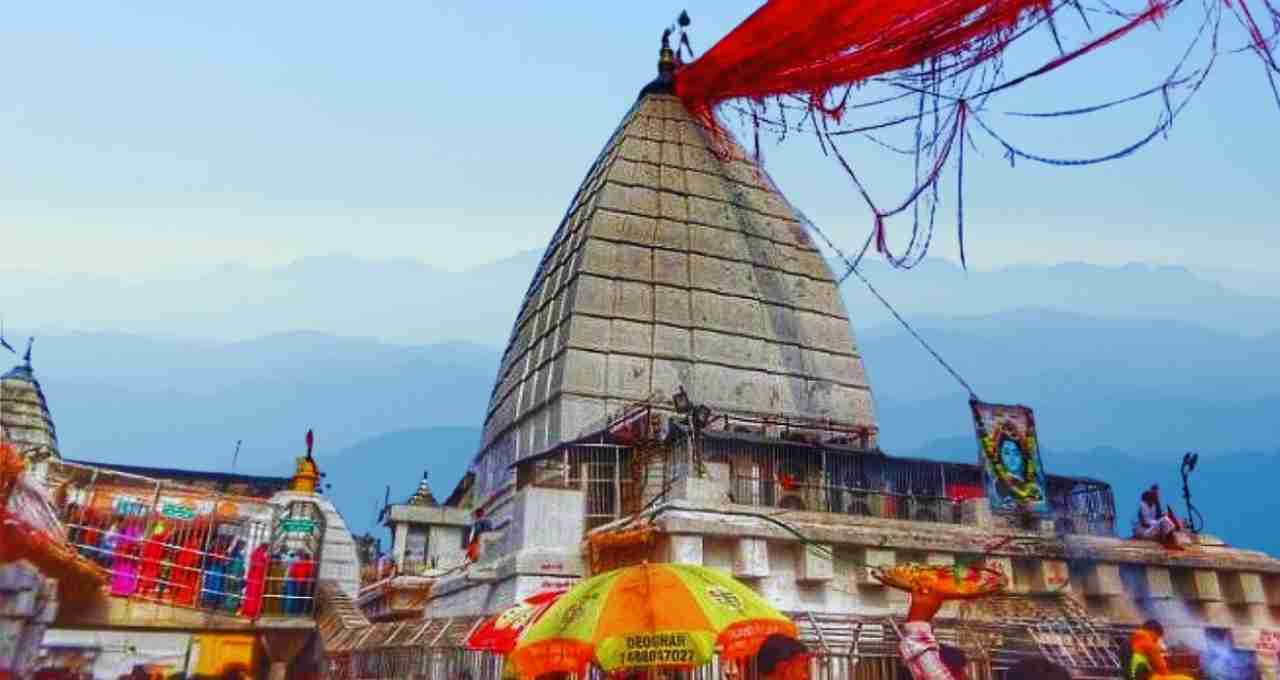
Looking into the pages of history, the Deoghar region was influenced by the rulers of Giddhaur, who played a significant role in protecting and preserving this temple. In 1266, Raja Veer Vikram Singh established his rule in this region. In the 18th century, the British also showed interest in the management and administration of this temple. After the Battle of Plassey in 1757, the East India Company appointed officers to oversee the temple.
The administration of the temple was eventually handed over to the priest families, who still oversee the temple today. This arrangement has proven helpful in maintaining the sanctity and order for the devotees.
Religious and Cultural Significance
Baba Baidyanath Dham is not only a religious site but also a cultural center where thousands of devotees visit every year. Especially during the month of Sawan, on Mondays, the temple sees a huge crowd. Devotees from all over the country come to this holy place and worship Lord Shiva.
Every year during Navratri, a special Havan Kund (sacrificial fire pit) opens in the temple, which is only operated on this occasion. This tradition is extremely popular among the devotees. The religious traditions and customs here have been going on for centuries and are still alive today.
The Spiritual Message of Baba Baidyanath Dham
Every devotee who comes to Baba Baidyanath Dham witnesses the infinite pillar of light of Lord Shiva, which gives us the message of spirituality, virtue, and dedication in life. This temple tells us that devotion, penance, and sincere efforts are never in vain. By coming to this abode of Lord Shiva, devotees purify their mind, body, and soul and give a positive direction to their lives. The devotees believe that they attain salvation by seeing the Jyotirlinga of Baba Baidyanath Dham.
Baba Baidyanath Dham is not only a religious center of Jharkhand but also an important pilgrimage site for Shiva devotees all over India. Its mythological stories, the glory of the Jyotirlinga, and religious festivals make it a wonderful religious heritage. By coming here, every devotee experiences the infinite power of Shiva and his faith is filled with new energy. Baidyanath Temple is a place where faith, belief, and spirituality come together.
